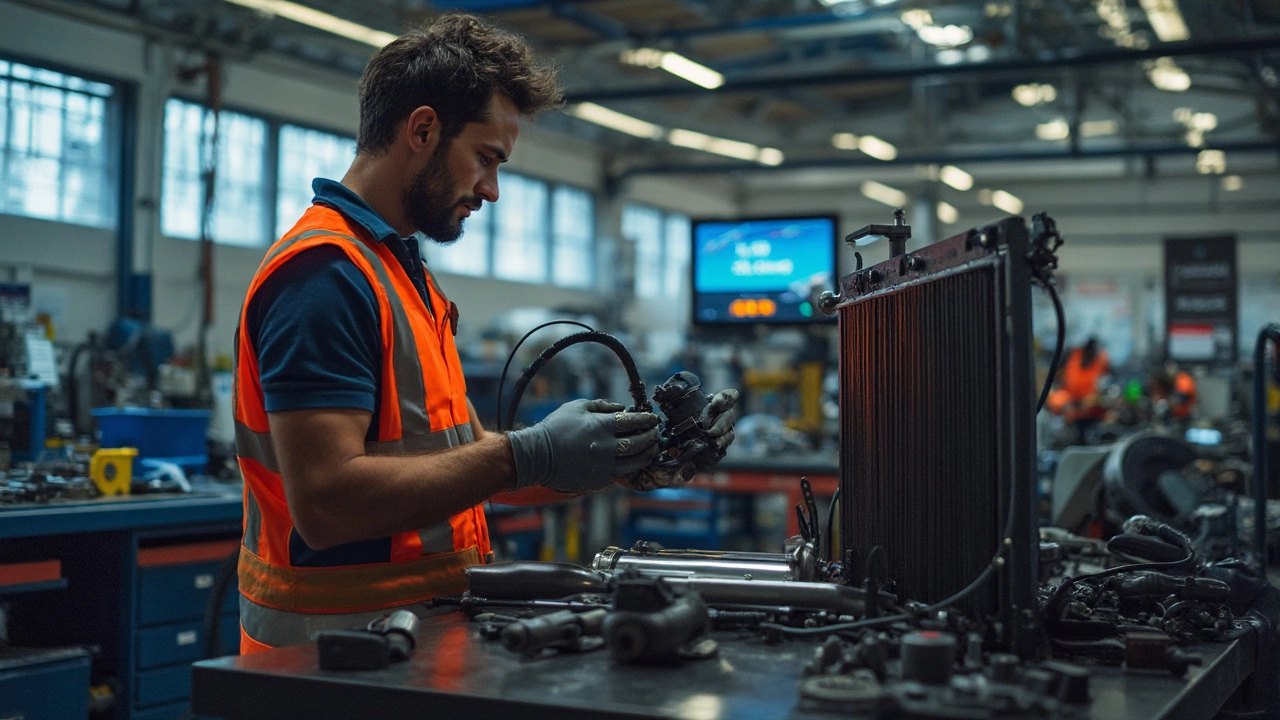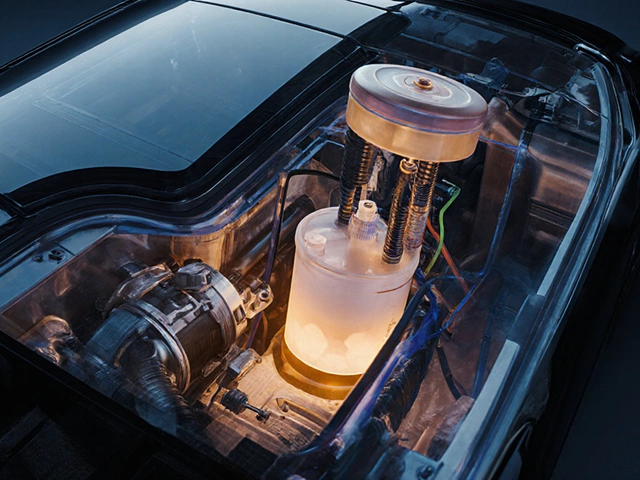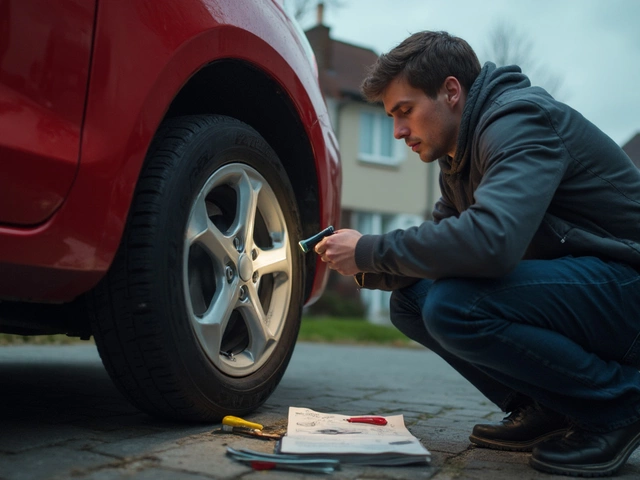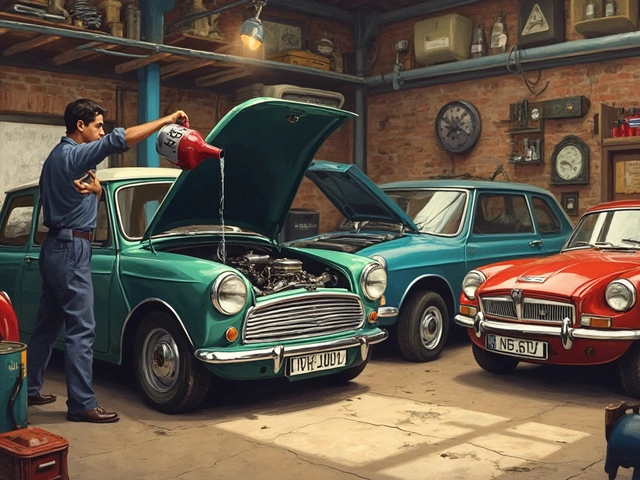Radiator Cost – What You Need to Know Before Replacing Your Car’s Cooling System
Thinking about a new radiator? You’re not alone. A faulty radiator can overheat your engine, and fixing it fast saves you from bigger bills later. But how much should you expect to spend? Let’s break down the numbers, the reasons they vary, and what you can do to keep the cost low.
What Determines the Price of a Radiator?
First off, the type of car matters. A small hatchback uses a simpler, cheaper radiator than a high‑performance sports car or a large SUV. Materials also play a role – aluminium radiators are lightweight and rust‑proof but usually cost more than the traditional copper‑brass units.
Brand matters too. OEM (original equipment manufacturer) parts match the exact specs of your vehicle and often carry a premium price tag. Aftermarket options can be cheaper, but quality varies, so read reviews or ask a trusted mechanic.
Labor is the hidden cost many forget. Swapping a radiator can be a quick job on some models, but on others you may need to remove the engine cover, coolant hoses, and even the fan. The more time a mechanic spends, the higher the labour charge.
Don’t forget the coolant. When you replace a radiator, you’ll need to drain the old fluid and refill the system. A proper flush and fresh coolant add $30‑$70 to the total bill.
Typical Price Ranges and How to Save Money
On average, a standard car radiator (including parts and labour) falls between £120 and £350. Here’s a quick snapshot:
- Basic domestic models: £120‑£180
- Mid‑range family cars: £180‑£250
- Luxury or high‑performance vehicles: £250‑£350+
If you opt for a premium aluminium unit, add £50‑£100. Conversely, a good quality aftermarket part can shave £30‑£70 off the part price.
To keep costs down, ask for a detailed quote before work begins. Some garages will separate parts, labour, and coolant, letting you see where you can cut corners. For example, you might supply your own radiator if you found a better deal online.
Another tip: combine the radiator swap with other scheduled maintenance – like a timing belt change or brake service. Mechanics often bundle jobs, reducing overall labour time.
Finally, don’t ignore the warning signs. Overheating, coolant leaks, or a noisy fan can indicate a minor issue that a simple repair (like a hose replacement) is far cheaper than a full radiator overhaul.
Bottom line: know your car’s make, compare OEM and aftermarket options, and get a clear, itemised quote. With a little research, you can keep radiator costs in check and keep your engine running cool.
 4 March 2025
4 March 2025
How Much Do Car Radiators Cost? Affordable Options and Tips
Looking to replace or upgrade your car radiator without breaking the bank? This article breaks down the cost of car radiators, exploring the different price ranges and what factors influence them. Find out how to get the best value for your money, along with some handy tips on installation and maintenance. Whether you're fixing an overheating car or optimizing performance, we've got you covered with practical advice.






0